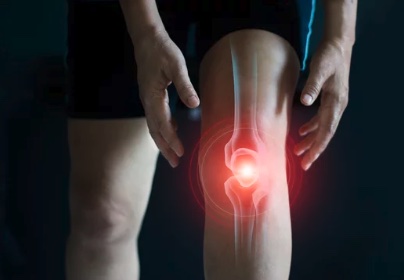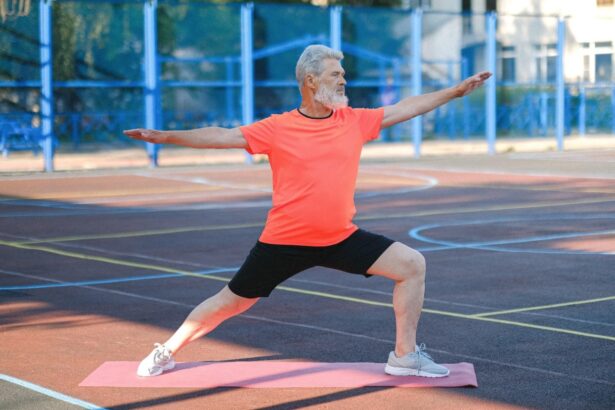
Your quadriceps are the large group of muscles in the front of your thigh. They consist of four muscles in each leg that run from your hips to your knees. Your tendons are powerful cords of fibrous tissue all throughout your body which connect your muscles to your bones. Your quadriceps tendon is a strong piece of tissue at the top of your kneecap (patella) that connects the quadriceps muscles in your thigh to your kneecap. This connection of the thigh muscles to the kneecap via the quadriceps tendon is what allows us to bend and straighten our leg and if it tears or ruptures, it would be painful and very difficult, if not impossible to walk.
Causes of a quadriceps tendon rupture
Quadriceps tendon tears most often occur because of injury, joint weakness, or a chronic condition. Steroid use has also been linked to increased muscle and tendon weakness leading to a tear also.
An Injury can occur when the knee is partially bent and a heavy load is placed on the leg such as when a basketball player lands awkwardly after jumping, with the resulting force causing the tendon to tear. Other injuries that can cause the quadriceps tendon to tear include falls, or a blow to the front of the knee. Overall tendon weakness or a chronic disease can also be the cause of a tear such as chronic renal failure, conditions associated with renal dialysis, hyperparathyroidism, gout, and others.
Symptoms of a quadriceps tendon tear
Quadriceps tendon ruptures are usually associated with a “pop” sensation at the top of the kneecap along with pain and swelling. Commonly, patients with a quadriceps tendon tear will have difficulty straightening their knee from a seated position or difficulty lifting the leg in the air when it is fully straight. Other symptoms include knee tenderness, bruising, cramping and difficulty walking. Some patients may see an indentation at the top of their kneecap which is usually where the tendon ruptured.
Diagnosing a quadriceps tendon tear
To diagnose a quadriceps tendon tear, Dr Singh will obtain a thorough medical history from you, including asking you questions about previous injuries you may have had in your knees or to your quadriceps muscles. A physical examination of your knee will also be performed to assess your ability to perform a straight leg raise, as well as other functions that require activation of the quadriceps tendon. Your inability to perform these functions will often indicate a quadriceps tendon rupture and in most people with this type of injury, there will be a physical defect in the area where the tendon attaches to the kneecap. Usually, further imaging will be performed to confirm the diagnosis.
Treating a quadriceps tendon rupture
Treatment of a quadriceps tendon tear will depend on the severity. In certain patients, if there is enough quadriceps tendon still attached to the kneecap non-operative treatment can be an option so that the tendon can heal itself. If the quadriceps tendon however is fully torn (or the vast majority is torn), Dr Singh will usually recommend a procedure called a “Quadriceps Tendon Repair”.
Your treatment options can all be discussed in your consultation with Dr Singh as, many conditions can cause knee pain and/or injury so, a correct diagnosis in consultation with Dr Singh is critical in determining the best option for you.
 Christmas Operating Hours
Christmas Operating Hours 


















